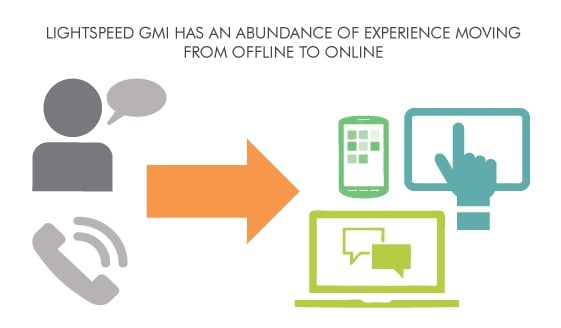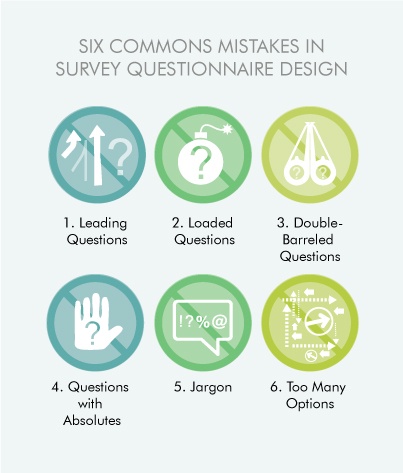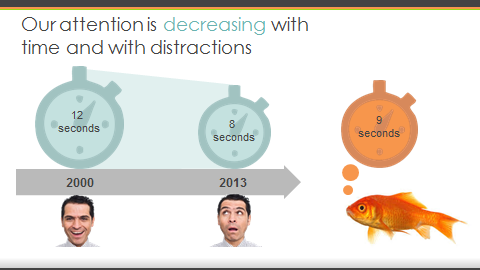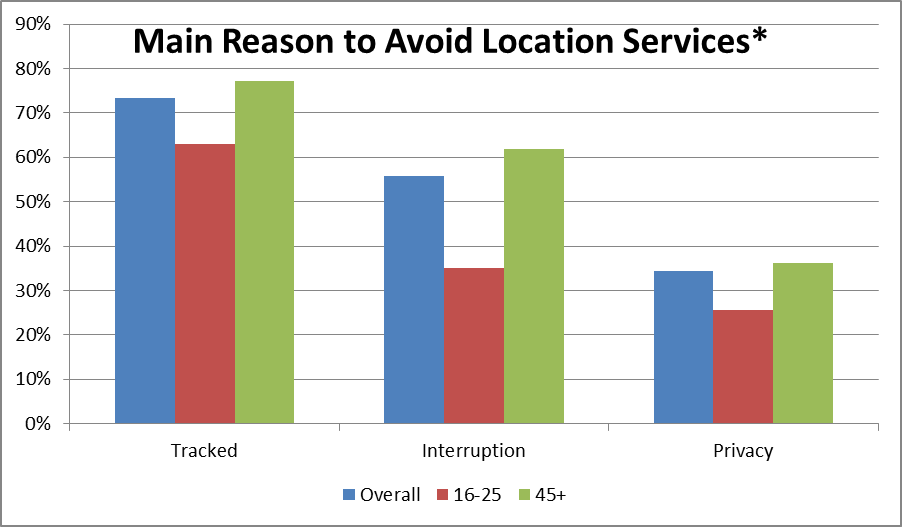Marketing research blends its rich history of data collection with technology-driven methodologies. The ultimate industry goal? To listen and to learn; to create a ‘story’ for our consumers.
Stories create structure for understanding our world and ourselves. Kristin Luck’s story is unique. With a reputation for innovation, she is recognized as one of the pioneers of multi-media online research. Navigating through a male-dominated industry; Kristin launched Women in Research (WIRe) in 2007. In our two-part series, we talk with Kristin about WIRe, the future of marketing research and her thoughts on gender equality.












